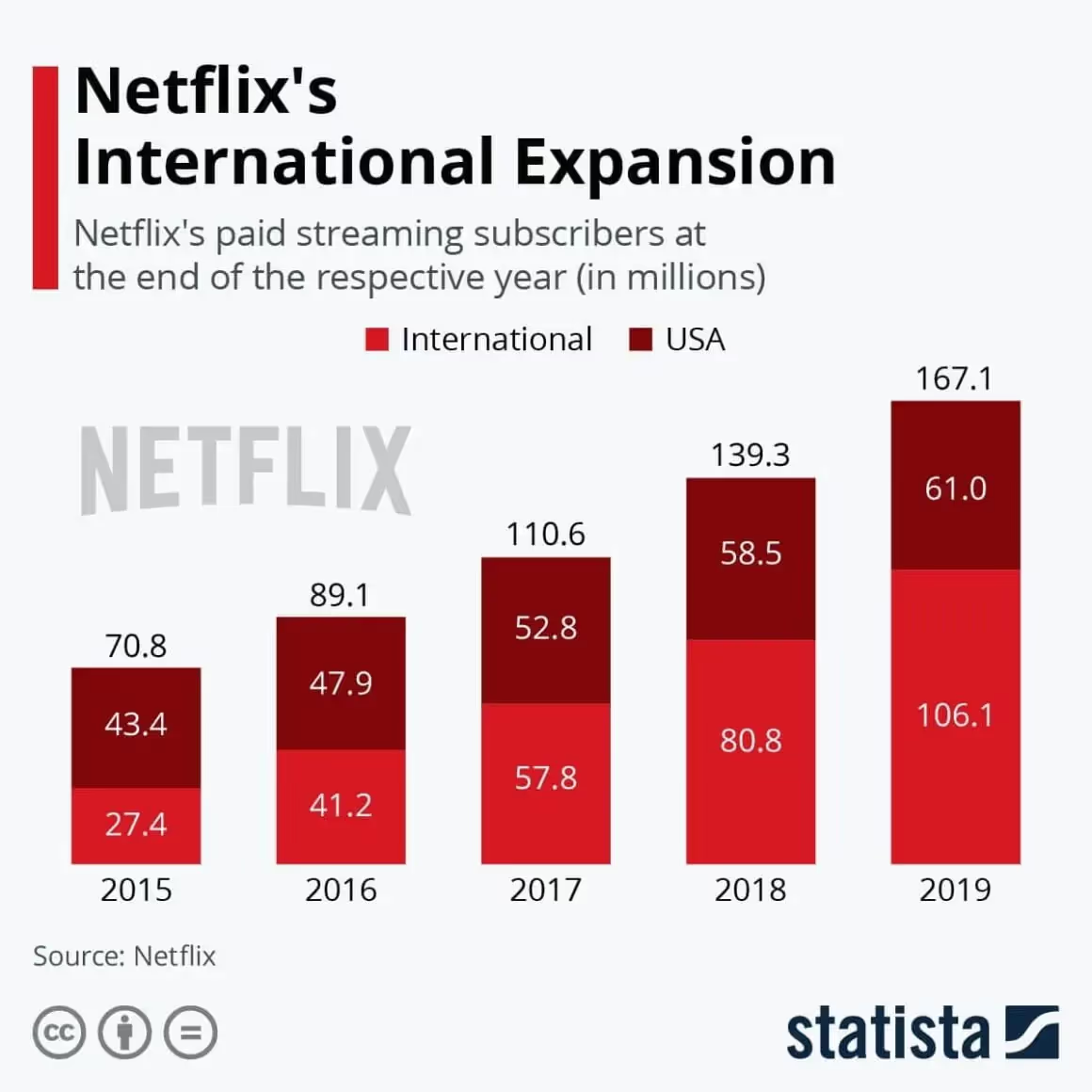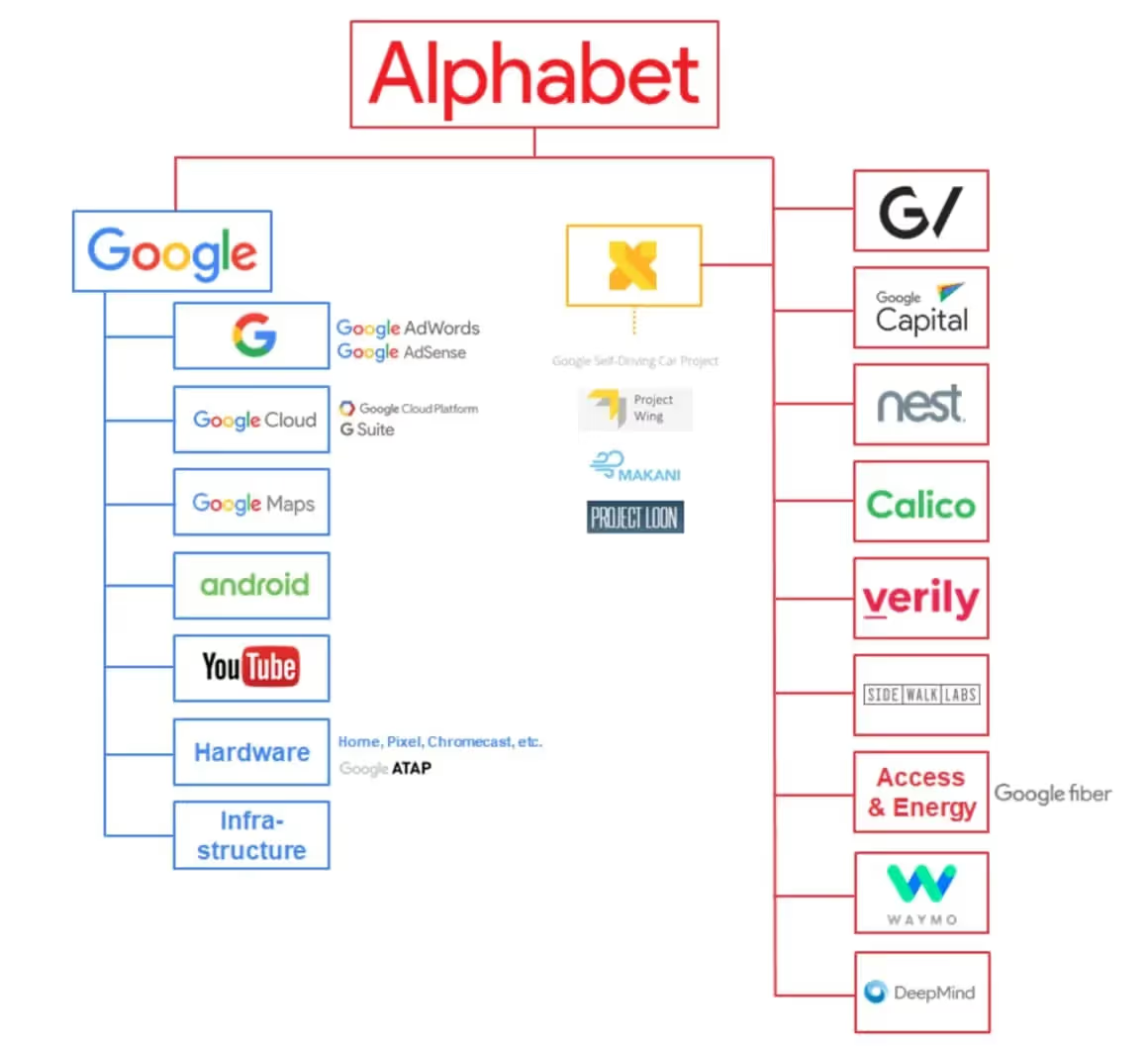

They say there's nothing permanent except change. But just because change is constant doesn't mean everyone likes it or can easily adapt.
For instance, you may introduce a new app only to find out your employees are still using the old one. Or maybe they found a better alternative than the one you introduced.
Both situations are likely. But going through a transformation or a change management process doesn't have to end in failure.
This article will discuss SaaS companies that have successfully implemented change management initiatives to show you what works (and what doesn't) and how you can adopt the teachings in today's fast-paced economic environment.
What is change management and why is it important?
Change management is how organizations guide change processes from start to finish, including planning and implementation. It's a systematic approach to supporting employees and teams through a transition that involves new tools, initiatives, or processes.
People are naturally resistant to change. According to a research study, only 38% of people are open to leaving their comfort zone when presented with a change. The remaining 68% immediately feel fear and discomfort.
You must be prepared to deal with the same if you plan on changing or modifying your existing organizational processes. Think of implementing new technologies or prioritizing a new market. Otherwise, you're likely to hit barriers without proper management.
Remember, a transformation process will only be successful if the people embrace it and are ready to put in the effort to transition. Change management is critical for planning and testing change and implementing, documenting, and evaluating its effects to ensure your people are on board with the new way of doing things.
There are several change management models that you can dive deeper into:
1- Lewin’s Change Management Model
2- Kotter's Change Management Model
3- McKinsey's Change Management Model
4- Prosci ADKAR Change Management Model
Challenges to change management
Change management can be very challenging, especially in large organizations. It's helpful to understand some of the missteps commonly faced by business leaders so you can improve your change strategy. Here are some common challenges to managing organizational change:
1. Lack of effective communication
One of the key components of effecting a successful change management process is communication.
Constant communication is necessary throughout the change cycle so employees understand why the change has to happen and how it affects them. Failure to properly communicate intended changes makes change management harder to implement, leading to speculations and rumors.
2. Employee resistance
Sometimes, employees may refuse to accept changes because of their natural resistance to change. This is common because change may result in unwanted extra work. Organizational leaders can address resistance through transparency, planning, and patience.
3. Effective resource management
Resource management, which involves handling the financial, human, informational, tangible and intangible assets that will facilitate the change process, can prove difficult when implementing change.
4. Fear and conflicts
One of the consequences of change is unintended conflict among the workers due to the uncertainty and fear it brings. It's crucial to intervene and mitigate any issues on time and find a solution that integrates employee inputs.
5. Poor leadership support
Without the support of leadership to inspire their workforce to embrace culture change, change initiatives may be dead on arrival. Leadership should set a precedent for change and gradually get everyone on board.
6. Improper planning and onboarding
Improper planning may lead to setbacks in change management activities.
There should be a well-laid-out plan for every change management process, which includes timelines to measure each change milestone. Providing detailed training and user onboarding in SaaS when adding new tools to your tech stack, for instance, familiarizes employees with the software, ensuring they use it when doing their work.
5 Examples of change management in SaaS
To ensure successful change management, high-performing teams in tech develop approaches and strategies addressing the needs of everyone, especially those affected by the change.
The good news is you can use them as inspiration. Here are five SaaS companies that managed to implement successful change management in their business:
1. Netflix
Netflix has maintained its success as an online streaming service by continuously reinventing itself in line with technological changes, regulations, and consumer wants.
During the company's initial years of operation as far back as 1997, its business model was to offer consumers monthly subscriptions for movies to be mailed to consumers' homes. But with the significant changes in technology and consumer demands for OTT content, Netflix changed its business model by launching an online streaming service in 2007.
Competition quickly ensued with other online streaming services like Hulu, Amazon Prime Video, and cable television networks. To maintain their market share and grow their customer base, Netflix began producing exclusive content in the form of original series and documentaries featuring popular actors.
"We've got one singular objective, which is 'Be successful in streaming.' If we do that, that's a home run."
– Netflix CEO, Reed Hastings
The series of significant changes evident throughout the company's existence would only be possible by implementing effective change management.
Netflix achieved this through an unprecedented organizational culture change based on open and honest communication with all levels of employees and in every aspect of the company's function. At first, its change management got off to a rocky start, leading to a 77% drop in stocks within four months. But Netflix stayed committed to their change and continued to pour resources into their online streaming and original programming.
By 2017, Netflix had the highest number of total subscribers among all U.S. cable companies. Its subscribers grew from 23 million in 2011 to 139 million in 2018.

2. Atlassian
Atlassian is a collaboration software company that provides workflow solutions across teams in an organization.
Twice every year, employees would review themselves, and managers would review team members to get the final performance rating directly linked to their bonus. This review style caused disruptions, and employees dreaded them.
In 2011, Atlassian decided to revamp its performance management process as the review system wasn't giving the intended results. It created a more continuous model where managers and employees had 1:1 performance discussions once every month.
This change wasn't only in one aspect of performance management but in the entire process, with Atlassian introducing a new performance management system to train on proper employee coaching and technology.
Atlassian's change management initiative was born from the observation that the current review process was ineffective.
This level of transparency and communication serves as the very foundation of any successful change management process. Employees will accept change with the least resistance if they feel consulted and well-informed.
3. Google
By the early 2000s, Google dominated many hi-tech projects and was tackling different kinds of projects, from smart vehicles and wearable tech to smart homes.
Though the projects were all connected, Google was becoming too large an entity to manage. So to make each of the projects easier to manage and scale, co-founder Larry Page divided Google into different companies, putting them all under one umbrella called Alphabet.

"Fundamentally, we believe this allows us more management scale, as we can run things independently that aren't very related. Alphabet is about businesses prospering through strong leaders and independence."
– Alphabet CEO, Larry Page
What drove Page to lead this change management initiative was the vision that reorganizing Google would free its employees, allowing them to concentrate more productively on their own mission without bothering about Google in its entirety.
And we all know how well it turned out for Google, don't we?
4. Apple
Apple is one of the biggest and most innovative tech companies out there. It's a company that undergoes constant transformation to meet the ever-changing market environment and requirements of consumers.
Issuing new products in the market always required technological changes within the organization. Apple's CEO at the time, Steve Jobs, spearheaded the change management process by introducing specific strategies to prepare the company for producing new products.
This change process was performed within the technical department and also across the finance, design, and marketing departments.
As a committed leader, Jobs used proper communication to drive the need for change and to design accurate strategies that prevented failures or bad projects. He died in 2011, but he left behind a transformed company that has its structures and values set in place for a thriving future.
5. Microsoft
In 2020, Microsoft wanted to drive the adoption of a modern business intelligence reporting solution known as MSX Insights (MSXi). MSXi aligns key metrics across Microsoft's finance teams, salespeople, managers, operations, and company leaders.
This change was necessary as each team's reports previously used different data sources, leading to duplication of effort and data privacy and compliance risk. The company wanted a common and standard way of looking at data, drilling into business insights.
But convincing users to switch to MSXi wasn't going to be easy.
So how did they address this change management?
"We implemented change management best practices from Prosci, including the valuable ADKAR model. ADKAR describes five important aspects of change: Awareness, Desire, Knowledge, Ability, and Reinforcement,"
– Rudy Neirynck, Microsoft
Microsoft adopted a change management model that provided insights on where to focus resources to encourage the desired shift in behavior. It could then drive a desire to discover what the MSXi solution has and what value it can bring to the company.
The end result? Microsoft today has more than 30,000 users of its business intelligence platform across 95 countries.
Change management strategies to keep your business steady during transition
Though the change management process can be pretty challenging, causing different levels of stress for everyone involved, these strategies can help you implement a successful organizational change:
1. Develop a change management plan
Executing any major change in your organization requires planning. That plan should address:
- The scope of the change
- When the change would be fully implemented
- Who is responsible for each rollout of the plan
- What the employees and managers need
- An analysis of the readiness of the workforce for the change
By covering these aspects in your change management plan, you can avoid some challenges organizations face and ensure your change project doesn't fall through the cracks.
2. Apply honesty and transparency
To keep your business steady during any transition, you must be honest and transparent with your workforce. Most workers don't feel comfortable with changes. So being transparent at every step of the change management process will help you build trust and ensure a smooth transition.
3. Invest in the right tools
As part of your change management strategies, you must identify the change management tools that can support your planning, communication, training and support, data management, and analytics.
Use tools that let you keep track of your change efforts, so you don't have to deal with avoidable problems.
4. Address resistance through effective communication
The key to overcoming resistance is frequent and proper communication. Workers assume the worst about how the change will impact their jobs when there's a lack of communication. You can avoid this by addressing any issues right from the very beginning.
5. Establish change leaders
If you want to lead a proper change management initiative, establish change leaders that can help motivate the team to push through the transition. The leaders can be a mix of employees from different departments impacted by the change and can influence opinions.
6. Get constant feedback
Getting feedback from your employees is an excellent way to improve your change management process. It will also address any concerns or resistance and get the employees involved in the change process.
7. Provide ongoing support
Change is not instant. It requires a series of repetitions to get people to adapt to the new routine or process. By providing ongoing support, which includes in-person and on-screen guidance, you ensure your employees continue and stay in line with your change initiatives.
Eliminate pushbacks with Userguiding
Poor communication is arguably the most prominent reason why people push back on change in an organization. Luckily, you can eliminate these pushbacks by walking your employees through why you're driving a change in your organization and explaining the product you're about to launch.
Investing in change management is a proven path to project success. With the use of change management tools, you can provide training, create knowledge bases, and track the progress of your change initiatives to make the transition quick and successful.
For instance, you can use UserGuiding to deliver an interactive onboarding experience to the new systems that come with change, helping your employees adopt the change process. What's more, the tool requires no coding from creation to integration to maintenance and is as simple as dragging and dropping.
Take UserGuiding for a spin today.

















.svg)
.svg)
.svg)
.svg)
.svg)

.svg)
.svg)












.svg)
.svg)




.png)

















